Ashes collection ceremony from the tomb of Mr. Tran Van Thien.
Those are Hiep Ninh communal house, Thai Binh ( Tay Ninh city); An Tinh and Gia Loc (Trang Bang town). Readers have the right to wonder. Why haven't we heard anything about Long Thanh communal house - a large communal house with a prominent religious tradition in the districts and cities of North Tay Ninh! Please answer immediately. That's because Long Thanh communal house has too few Han Nom documents.
We already know that Hiep Ninh communal house has up to 60 documents; Long Thanh communal house has only 11 documents in total; some of which are only to record the names of the altars or temples in the communal house yard. For example, in the temple of the Lady of the Land, there is a red background plaque with yellow letters with the Han Nom characters translated as: respectfully inviting the position of the Lord of the Land, Nguyen Nhung. And in the temple of the Lang Lai Nhi Dai Tuong Quan, there is a large Han Nom character plaque, translated as: respectfully inviting the position of the Lord of the Land, Lang Lai Nhi Dai Tuong Quan.
In the above-mentioned inventory report; in section V: History and Han Nom script of Long Thanh communal house, there are also some new points (compared to the book Historical-cultural relics and scenic spots of Tay Ninh province, 2014).
That is, this report added that: "Long Thanh communal house was completely rebuilt with concrete and solid bricks and tiles in 2004, completed in 2005 and has the architecture as it is today...". In addition, another new point is that this report also re-identified that: "Currently, it is unclear when the communal house was built".
Meanwhile, the above-mentioned book states that “In 1883, Long Thanh communal house was built, initially as a temporary thatched-roof temple…”. This detail may be due to “speculation” from the event: “On September 18, 1883, Mr. Tran Van Thien passed away at the age of 89…”.
Offerings for the Ky Yen ceremony.
Another new point in the history of Long Thanh communal house is that the inventory report has added two extremely important points in the past restoration and embellishment. That is the passage "In the years 1922, 1929, 1938, 1942, the communal house was renovated, but it was not until 1957 - 1963 that Long Thanh communal house was completely renovated". Among the above time points, there are two time points that are still recorded in the Long Thanh village's book of events (handwritten, kept by descendants of Mr. Tran Van Thien).
One is a note dated October 29, 1922. This word is copied from the original petition: “Your Excellency/ We, the village officials of Long Thanh village, Hoa Ninh commune, Tay Ninh/ Come to respectfully ask Your Excellency, in my village there are 2 communal house roofs in Ben Keo that were built a long time ago. This year, the 2 communal house roofs are so damaged that the pillars are rotten and broken. Now, our village officials are calculating the amount of money together to rebuild it, but my village has a forest but no cashew trees.
Now, our village officials come to bow and ask the Lord to be generous and allow our village to request the following tax-free cashew trees, cut down in the forest of Ke Dol village, Chon Ba Den district, so that our village can use the trees to build two communal house roofs. We humbly ask the Lord to accept our request. Please list the following trees:
- 30 bell-knocking sticks, length 10m.00, surface 0m35
- 5 round star trees, length 10m.00, width 1.40
- 5 round sen trees, length 10m.00……1.40”
Below this form is a list of 19 village officials, with each contributing between 10 and 50 coins. The total amount is 610 coins.
Another important page in the village's work book can tell us which year Long Thanh village built Ben Keo communal house. It is a petition also asking for permission to build and repair the communal house on October 14, 1942. The original text is as follows: "Reporting to the Great Lord, Chau Thanh District, Tay Ninh/ We, the village officials of Long Thanh village, Hoa Ninh commune (Tay Ninh)/ Together come to ask the Great Lord, that in our village there is a communal house roof in Ben Keo hamlet built in 1915, which has now been badly damaged by termites and has been blown away by the wind/ So we, the village officials, together come to ask the Great Lord to allow our village to tear it down and rebuild a new communal house roof/ The work is costly, and we, the village officials, will share the cost, and will not spend any money./ We, the village officials, respectfully ask the Great Lord to accept our request, and we are very grateful..." This petition is accompanied by the signatures of 9 village officials of Long Thanh village. In particular, it also has the permission of the Hue District Chief, and the confirmation of the Chief of the Manh commune.
Ky Yen ceremony
The application was made on October 14, 1942. The date of the signature of the Hue District Chief and the confirmation of the Chief Mang are unknown. But this renovation certainly took place. Because the following pages recording this (pages 2 and 3) have specified each part of the work.
As page 2 states: “On October 26, An Nam, year of Nham-ngu, corresponding to December 3, 1942 and October 27, An Nam Nham-ngu, the village officials grouped together to demolish the communal house”. That is, on December 3, 1942, the communal house was “demolished” - dismantled in today’s parlance. On page 3 states: “On February 4, An Nam, year of Quy Mui, corresponding to March 9, 1943, the eastern kitchen was built. Carpenters Ut and Khuyen were in charge of the work”.
The Ky Yen ceremony at Long Thanh communal house that year (Quy Mui, 1943) should have been two particularly happy days. Because the new communal house had been "overhauled". Unfortunately, the District Chief issued a summons right before the day of the ceremony. The summons said: "Chau Thanh Tay Ninh District/ Hereby issues a summons to Long Thanh officials, the ceremony to worship the gods is an act to show the people's belief in the gods and wants all ethnic groups to participate. From now on, we must follow the old custom (salty offerings)/ March 17, An Nam Quy Mui/ April 21, 1943/ District Chief Signé Hue".
The summons was sent only one day in advance, I don't know if the District Chief's order was carried out or not (because it was too urgent). The reason for the summons mentioned above is because in the declaration "Research on the custom of worshipping Thanh Hoang of Long Thanh communal house" declared by the former village chief Tran Van Lieng in 1939, in section XI, section a, it is: "Before, savory offerings meant offerings of pigs, cows and sticky rice. After the Cao Dai religion appeared in 1926, vegetarian offerings were made, meaning offerings of fruits and sticky rice". For a long time now, Long Thanh communal house has returned to vegetarian offerings on both the Ky Yen and Cau Bong festivals on the 18th of March and the 8th of the lunar month.
Offerings for the Ky Yen ceremony.
The above-cited documents are reliable evidence of the time Long Thanh communal house was established. It was in 1915. This also helps explain why there are few Han Nom documents in the communal house. In addition to the merit boards at the Boards: Nine generations of ancestors, Tien vong, Hau vong, there are only 3 pairs of parallel sentences. Among them, there is a pair that reflects very accurately the communal house that is always taken care of by the people. That is the pair of parallel sentences on both sides of the Council altar in the main hall. The transcription is:
- The Long Do temple is majestic, the village officials and the gods recreate the new atmosphere.
- The holy land of divine grace is universal, the people join hands to restore the old foundation of the sacred martial arts.
Roughly understood: Long Thanh village has a majestic temple, the village officials all contributed to renovate it to add vitality/ The land is considered a holy land thanks to the grace of the gods spread everywhere, the people join hands to make the temple last long.
Tran Vu
(To be continued)
Source: https://baotayninh.vn/vai-bo-sung-truoc-le-ky-yen-a188348.html


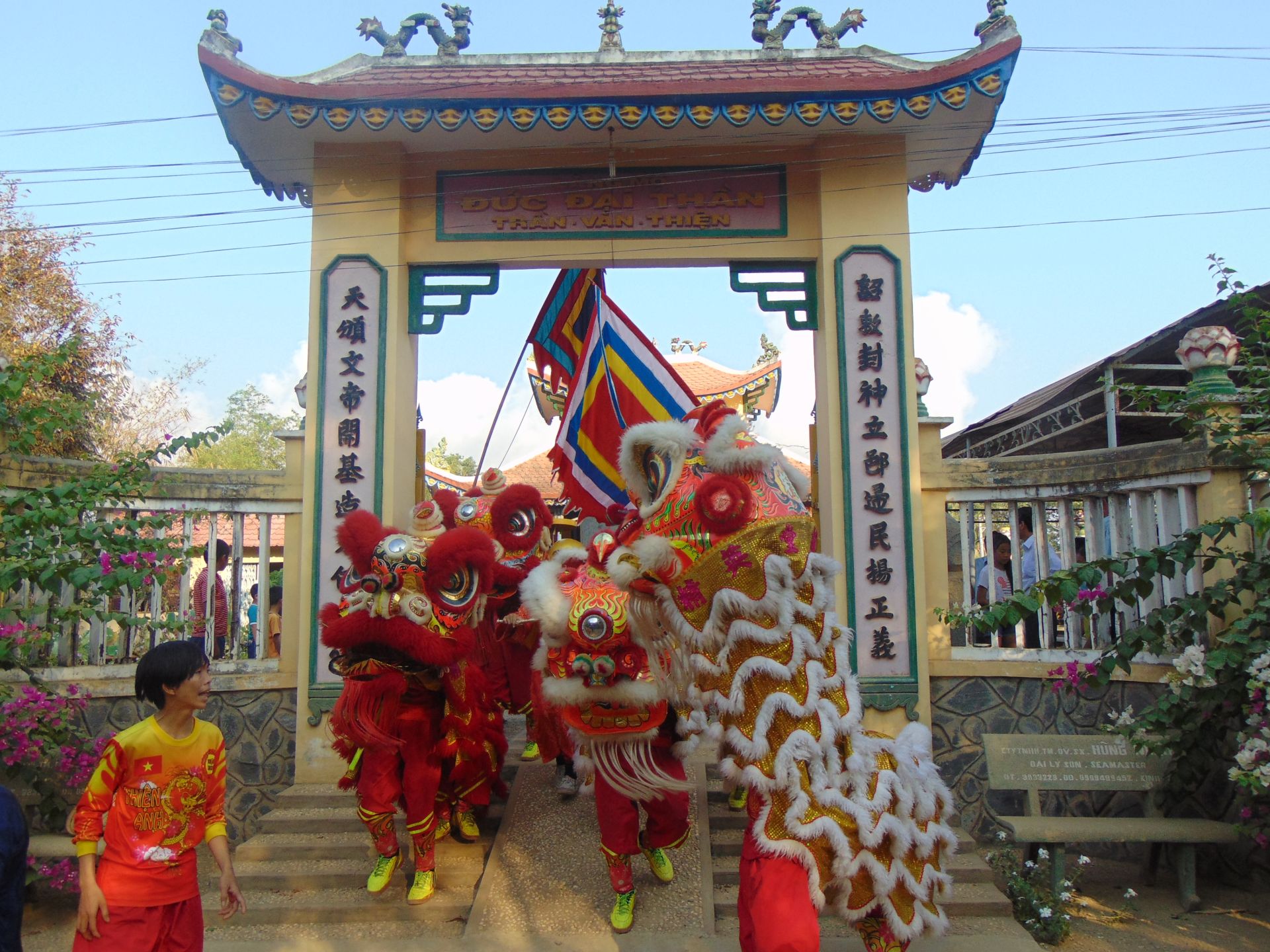
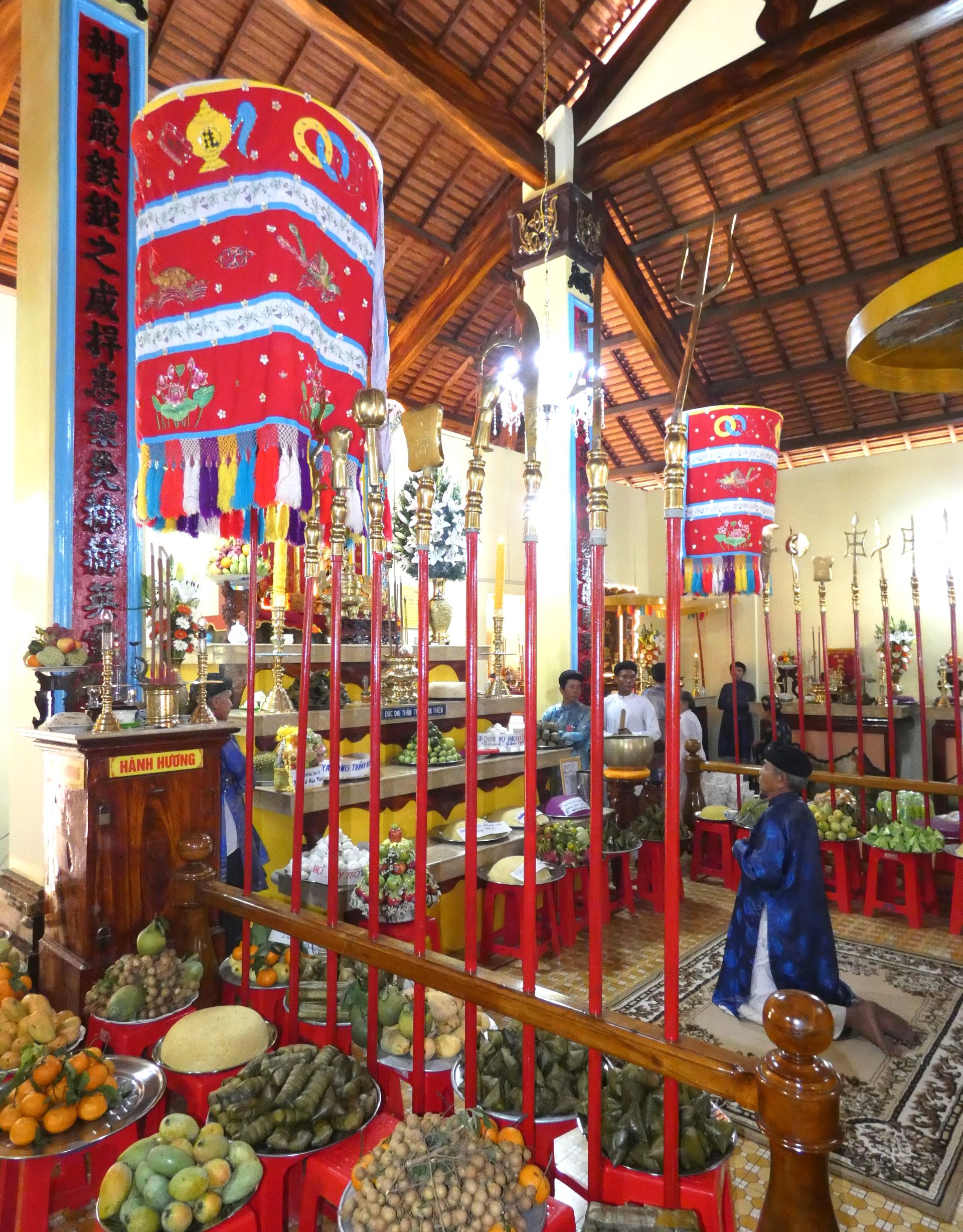
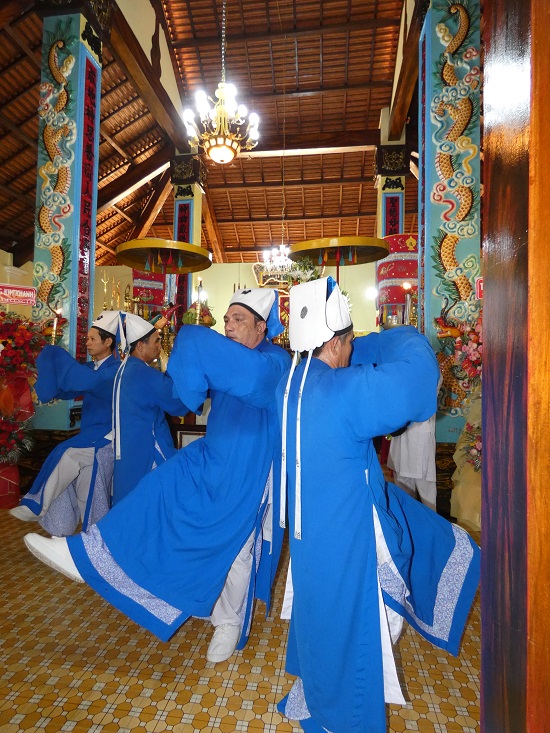
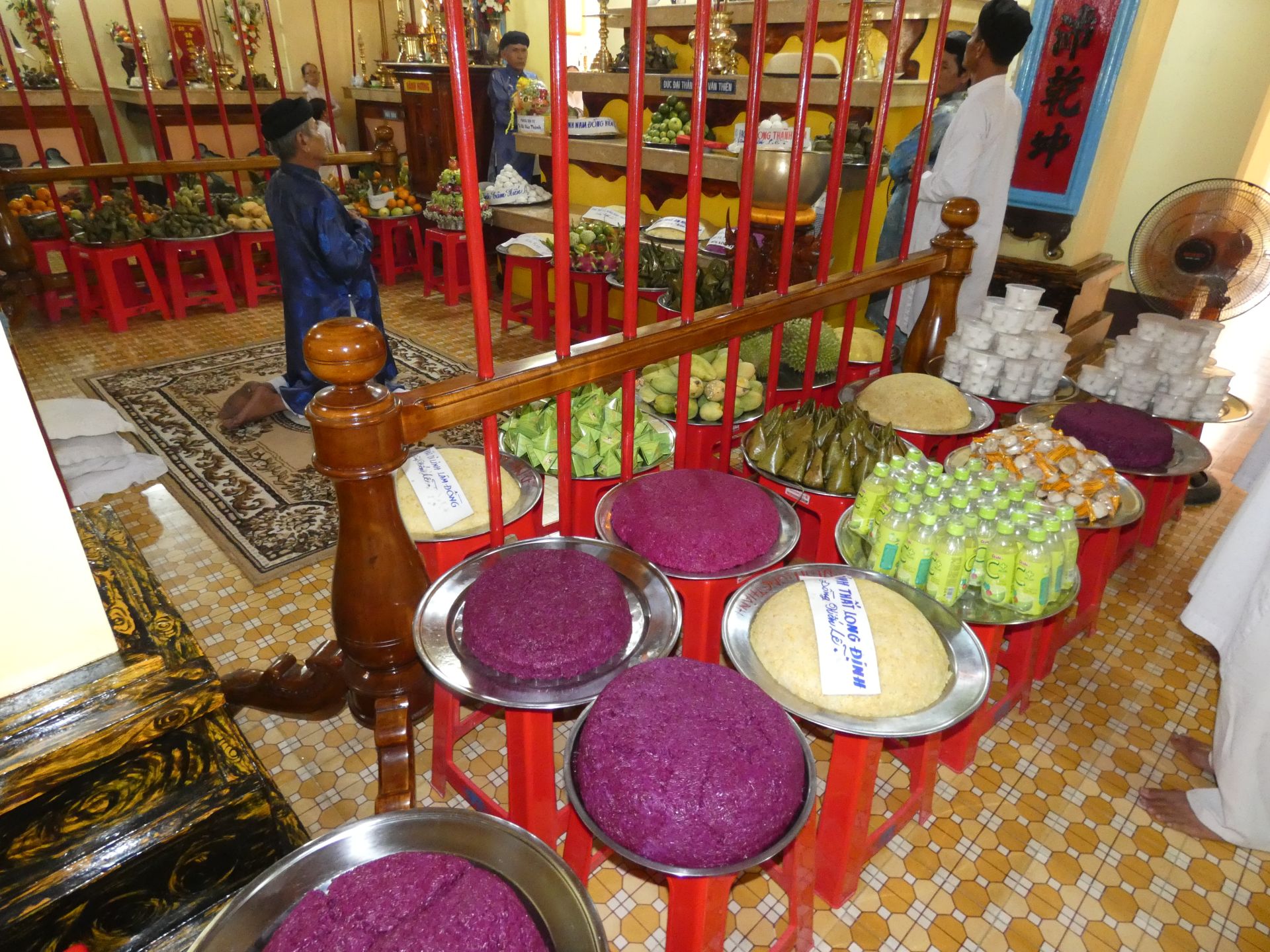



![[Photo] Panorama of the Opening Ceremony of the National Press Festival 2025](https://vphoto.vietnam.vn/thumb/1200x675/vietnam/resource/IMAGE/2025/6/20/6b835ee92c2c4df587af73cb2d1f4f5f)


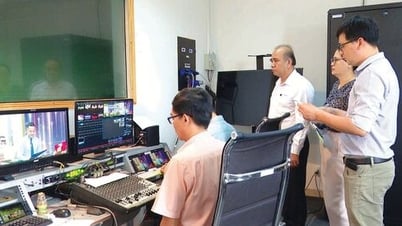

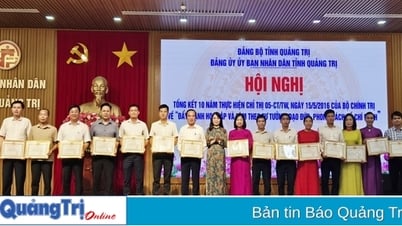





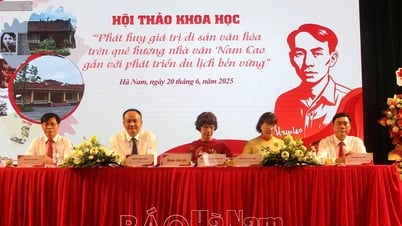

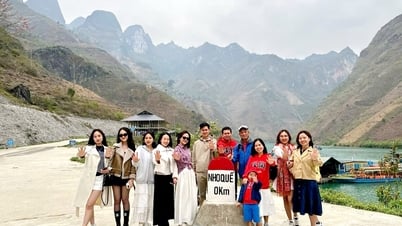





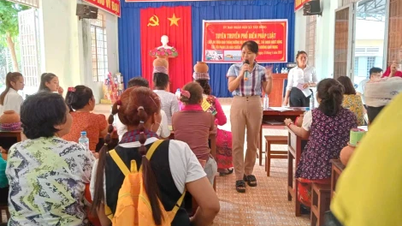
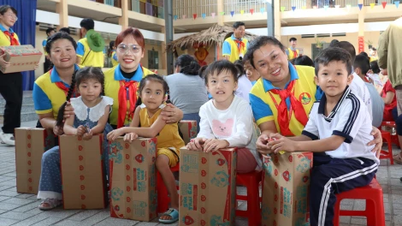

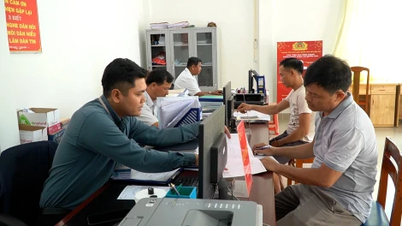
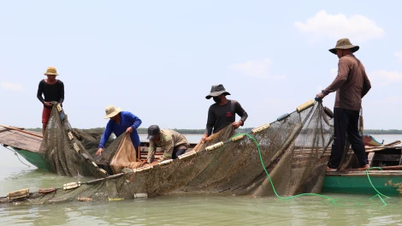
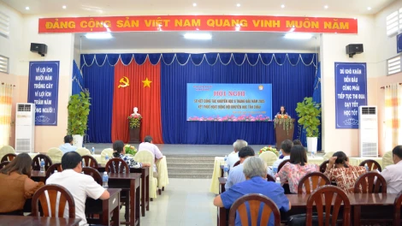
![[Photo] General Secretary To Lam chairs the 14th Central Military Commission Conference](https://vphoto.vietnam.vn/thumb/1200x675/vietnam/resource/IMAGE/2025/6/20/a9d25fc6dd664fb9a3757502f32e5db0)

























![[Maritime News] Wan Hai Lines invests $150 million to buy 48,000 containers](https://vphoto.vietnam.vn/thumb/402x226/vietnam/resource/IMAGE/2025/6/20/c945a62aff624b4bb5c25e67e9bcc1cb)





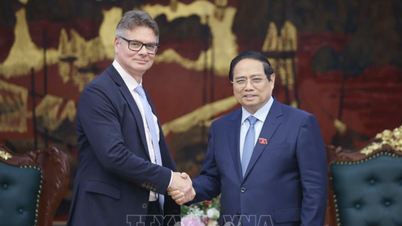






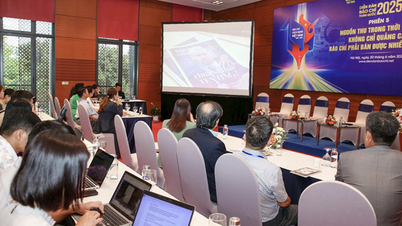

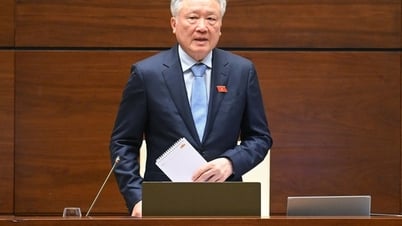




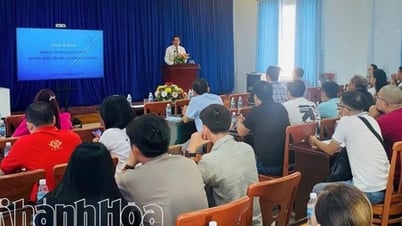
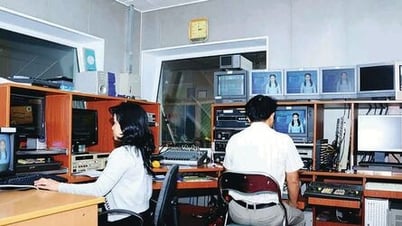
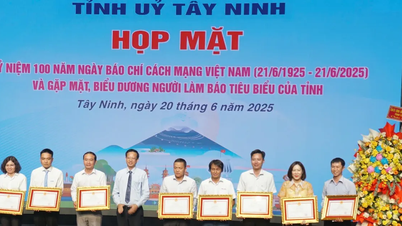
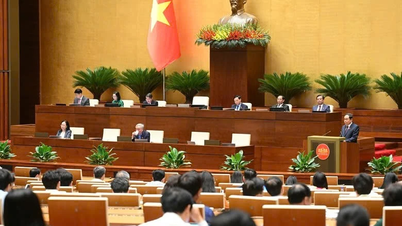

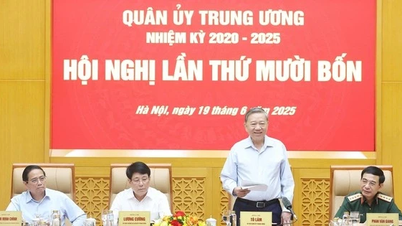

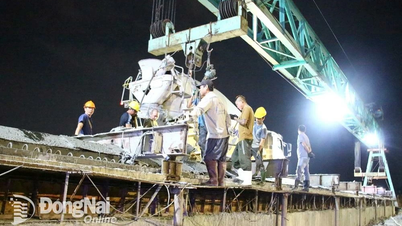















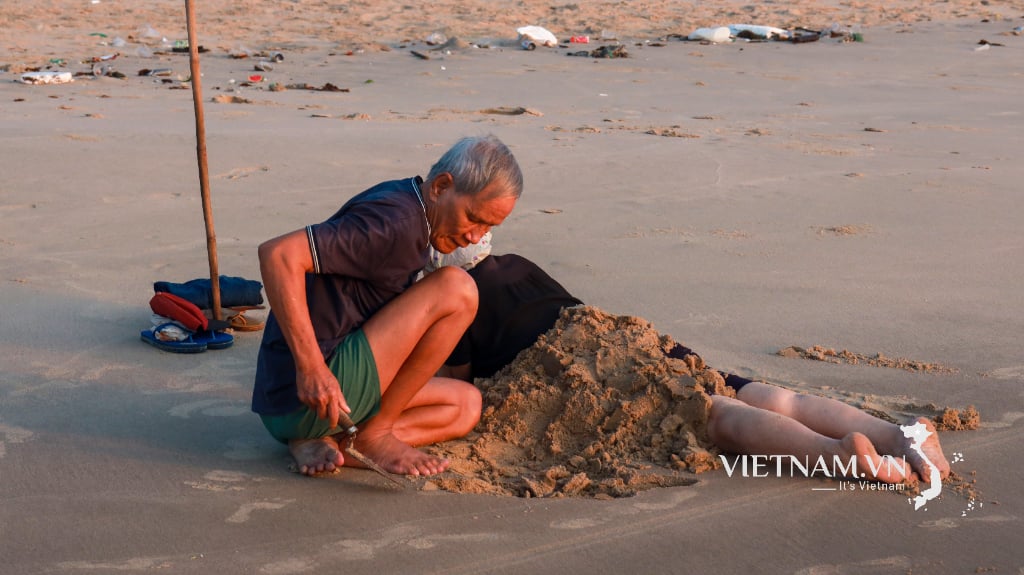
Comment (0)